Last Saturday, Robs, the boys and I went to celebrate the 5th anniversary of Passport D.C. 2012 (5 years of unforgettable global journeys through the nation's capital) by going on the "Around the World Embassy Tour."
From the Passport D.C. brochure:
The international community is such a large part of D.C. culture. Being able to explore the world without leaving your neighborhood is a unique feature that D.C. can offer visitors. We’re proud to support building appreciation for the world’s many cultures in our own community.
More than 40 embassies, representing six continents, invite the public to sample extraordinary delights inside their stately mansions and exclusive compounds. Experience food, art, dance, and music.
What a wonderful opportunity for everyone to "travel and see the world" without the jet lag! Our first stop was the Embassy of Japan in Massachussetts Avenue.
And we were in the compound ....
We were hoping that the embassy would look more, well, Japanese ... but their Western-style building still looked nice and solid. Since May 5 is Children's Day, an annual holiday in Japan (nice coincidence that we were there on that day), they had fish kites flying on their flag pole.
Children's Day, which is always on the fifth day of the fifth month, is a national holiday in Japan. It is when families celebrate the healthy growth and happiness of children.
The most visible symbol of Children's Day to most people is the koinobori, or fish kite (sometimes called a koi kite or carp kite). These are colorful windsocks shaped like a long koi. They are usually tied to a bamboo pole, where the wind catches them and makes them look like they're "swimming."
The most visible symbol of Children's Day to most people is the koinobori, or fish kite (sometimes called a koi kite or carp kite). These are colorful windsocks shaped like a long koi. They are usually tied to a bamboo pole, where the wind catches them and makes them look like they're "swimming."
Families with boys fly huge carp-shaped streamers outside the house and display dolls of famous warriors and other heroes inside. The carp was chosen because it symbolizes strength and success.
According to a Chinese legend, a carp swam upstream to become a dragon. Since it is energetic and courageous in the way it goes against the current -- it leaps out of the water when it swims -- the koi is a metaphor for parents' hopes for their children, particularly their sons.
According to a Chinese legend, a carp swam upstream to become a dragon. Since it is energetic and courageous in the way it goes against the current -- it leaps out of the water when it swims -- the koi is a metaphor for parents' hopes for their children, particularly their sons.
After passing by a table where they served us cups of Green Tea, we finally got in the embassy. It was nice to be on foreign soil without having to fly!
Inside, there were displays of traditional Japanese items.
Dolls and Kites
Close-up view of dolls in Japanese costume.
A Little Kite History
The exact date and origin of the kite is not known but it is believed that they were flown in China more than two thousand years ago. One legend suggests that when a Chinese farmer tied a string to his hat to keep it from blowing away in a strong wind, the first kite was born.
Kites were brought to Japan about the 7th century by Buddhist monks from China. They were used to avert evil spirits and to insure rich harvests.
There are about 130 different styles and types of Japanese kites. Each region has its own unique shape. They are normally decorated with characters from Japanese folklore, mythology or have some religious or symbolic meaning.
All are painted with bright colored natural dyes, sumi (black ink) and constructed from washi paper (hand made paper) and bamboo, or where bamboo is difficult to grow, cypress wood. Traditionally kites are flown on Children's Day, at religious festivals, public holidays and New Year.
Based on research, this may be an AIZU-TOJIN kite, which has a peculiar shape compared to other kites.
This kite may be the EDO or EDO KAKU. 'Edo' is the old name of Tokyo. One of the most decorative kites today in Japan, it is very popular. Its painting design usually depicts famous historical stories or traditional stories in Japan.
YAKKO-dako is also one of
Japan's most popular kites. "Yakko" means 'a servant' in ancient times.
I wasn't able to thoroughly read the label and description of this piece, but if I'm not mistaken, it's a miniature model of an elegant Japanese costume.
If the couple decides to have a Shinto ceremony, the bride will wear a traditional, white bridal kimono, like the one pictured below (though this was not at the embassy exhibit). In Japan, white symbolizes purity, elegance and "new beginning."
These were just some of the things on display at the embassy. On our way out, we posed with a man in a Japanese warrior costume.
And that was our little trip to Japan.
さよなら今 (Bye now!)
さよなら今 (Bye now!)
Sources:








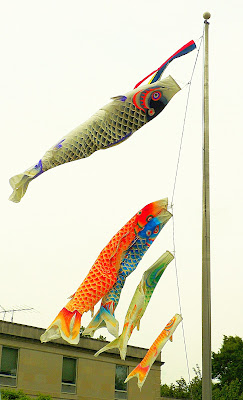




















































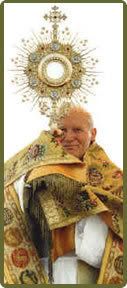






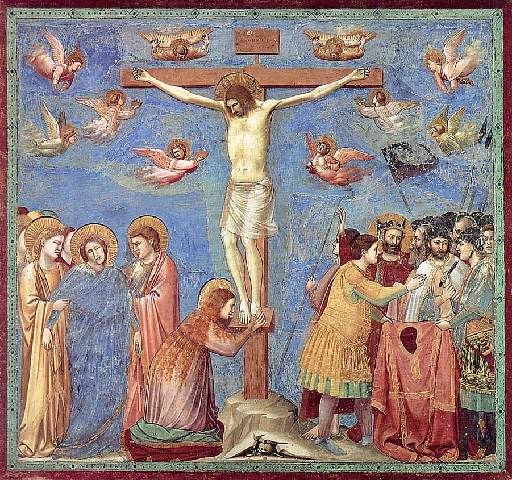

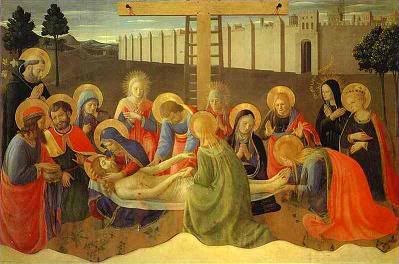
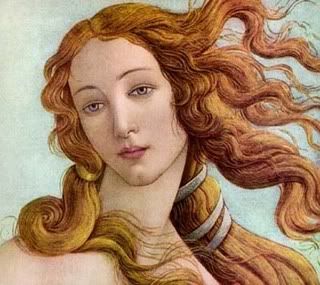

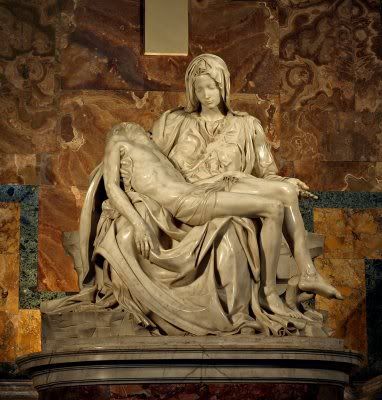

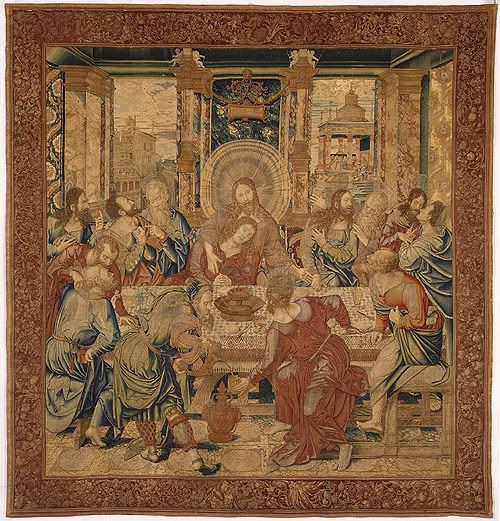
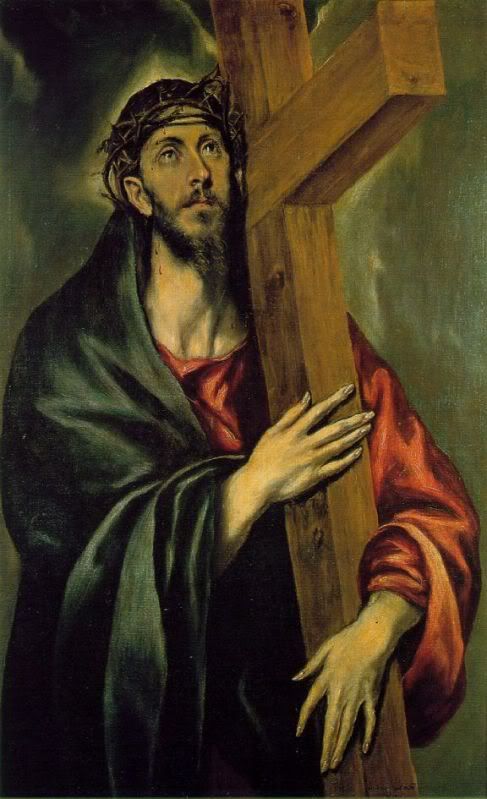


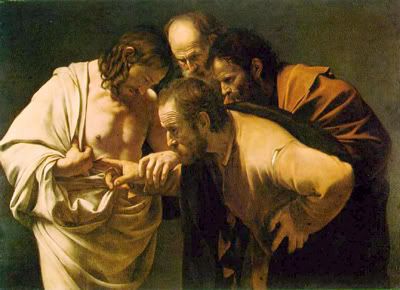
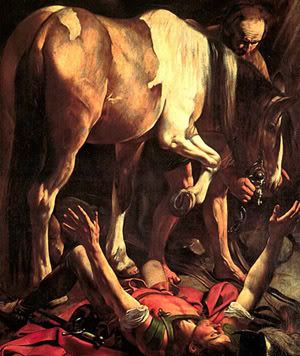
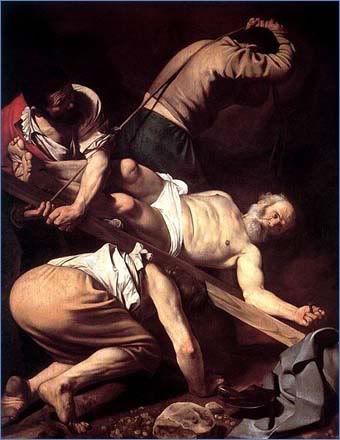
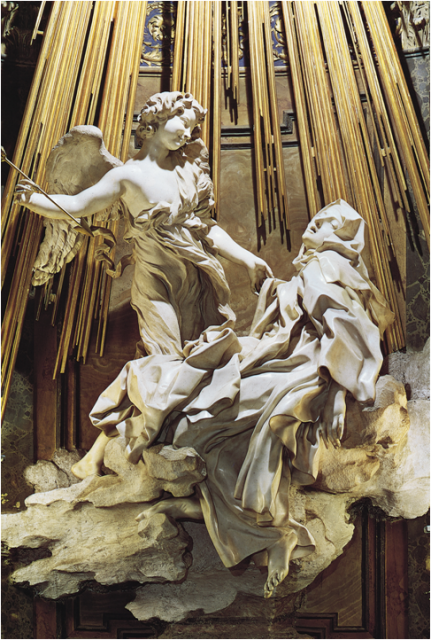
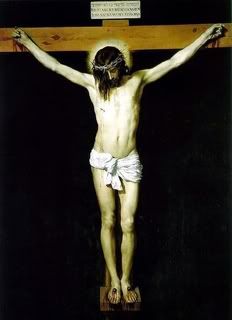

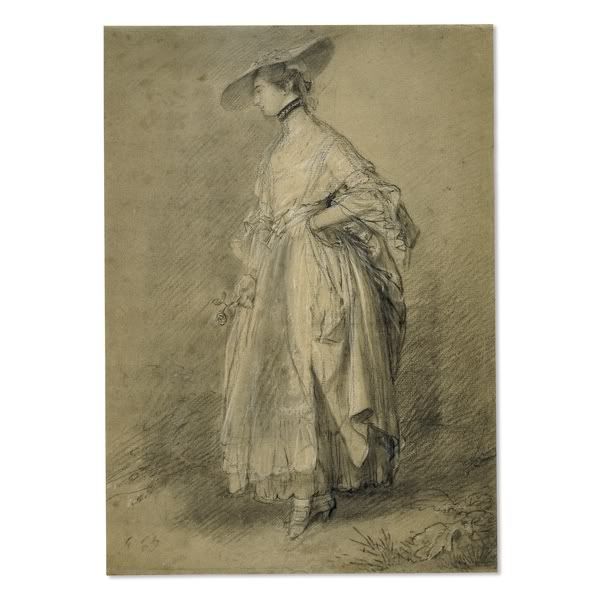


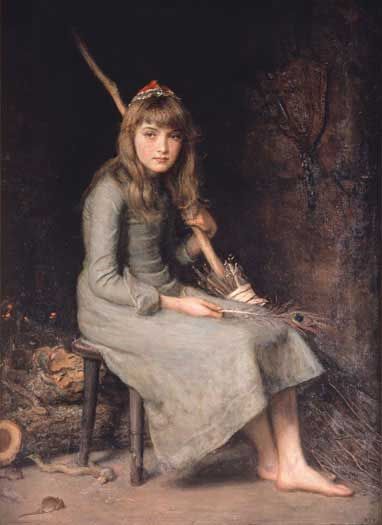
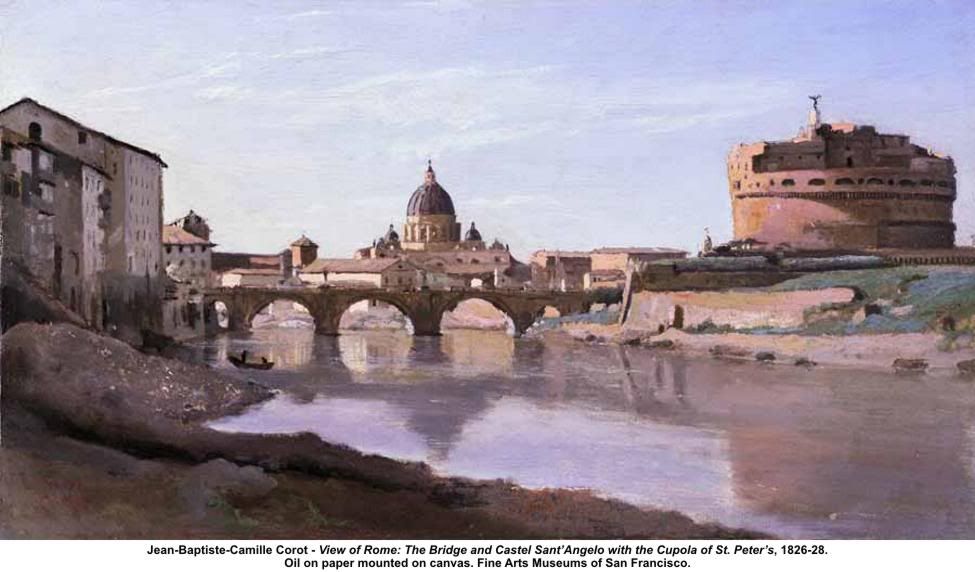
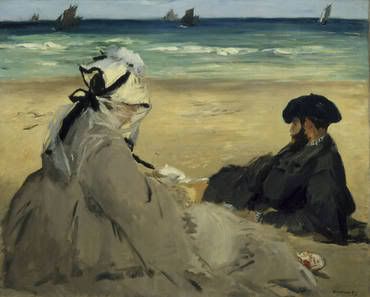
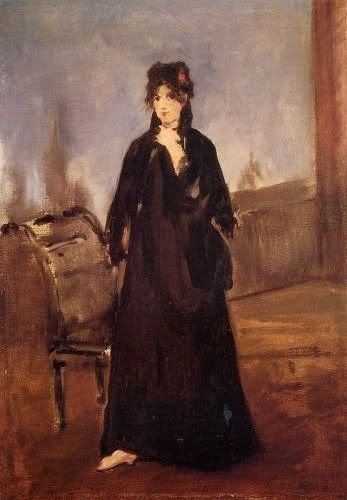
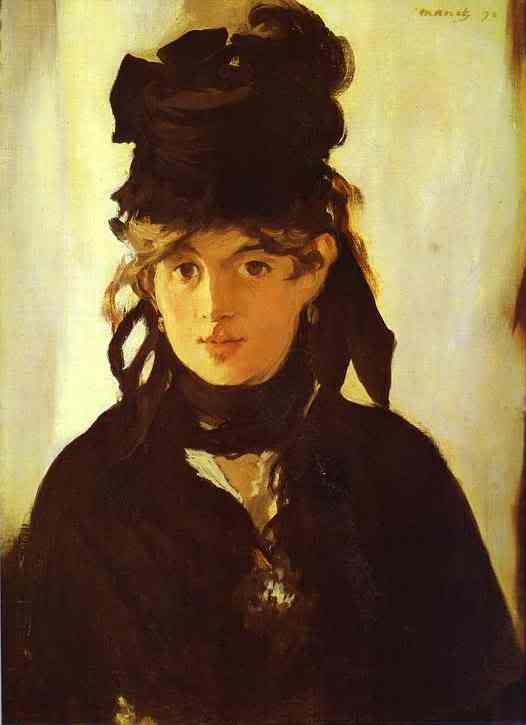
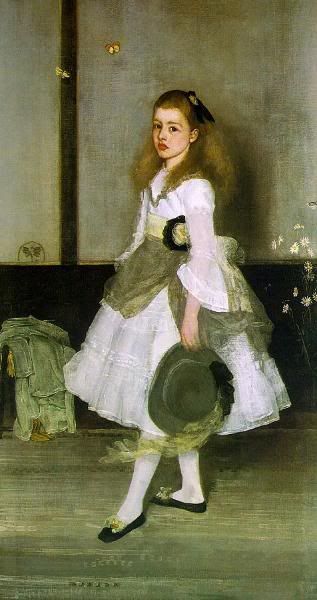
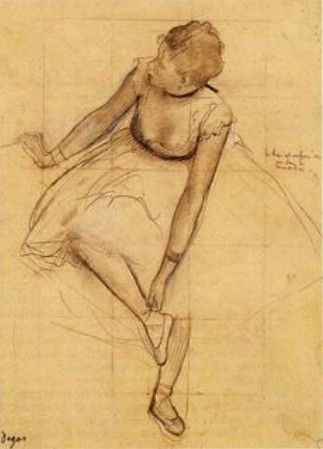
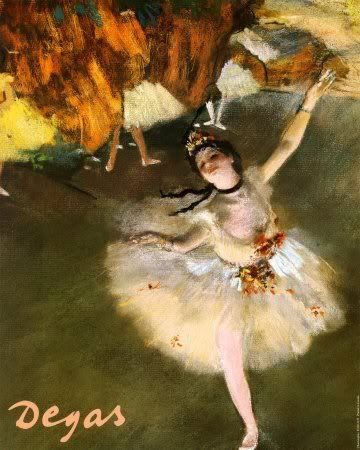

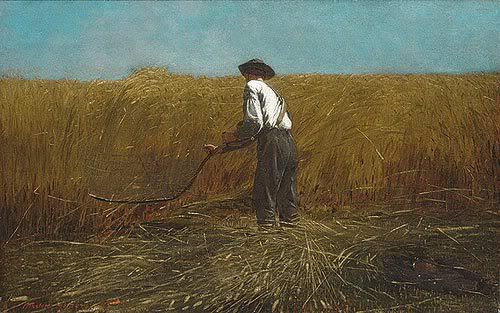
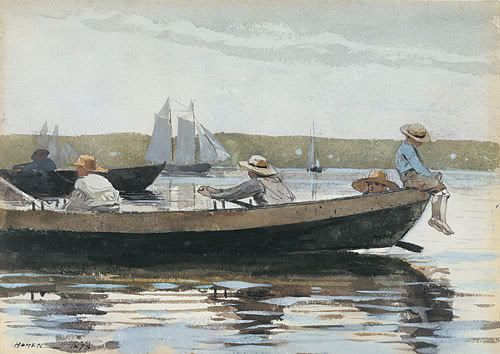
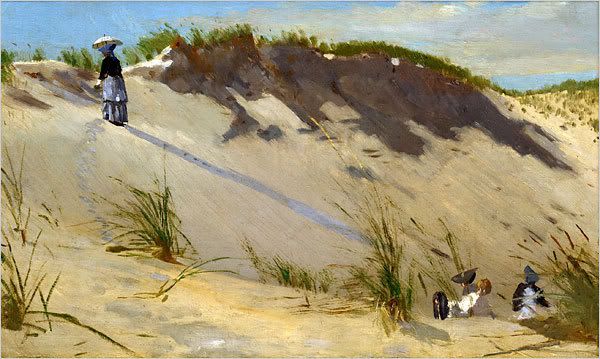
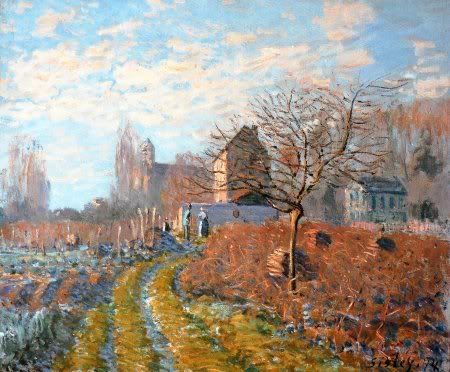
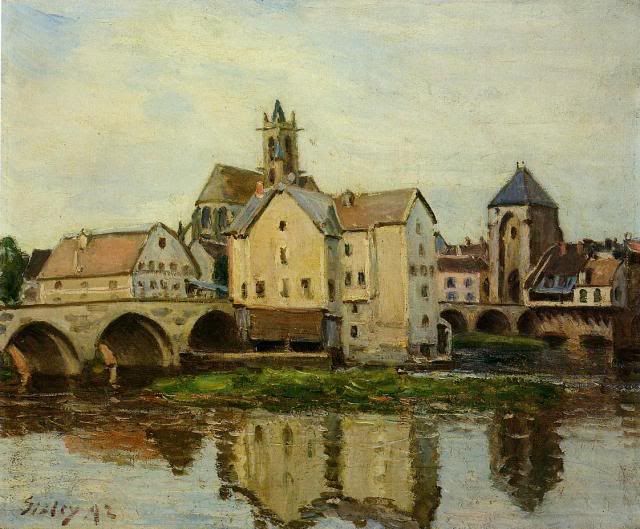
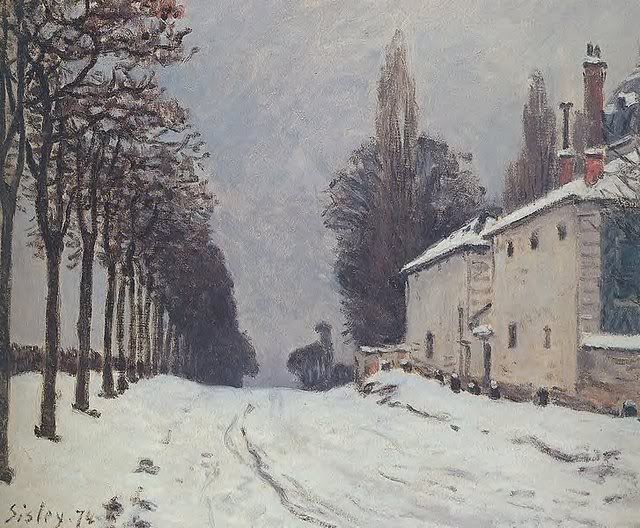
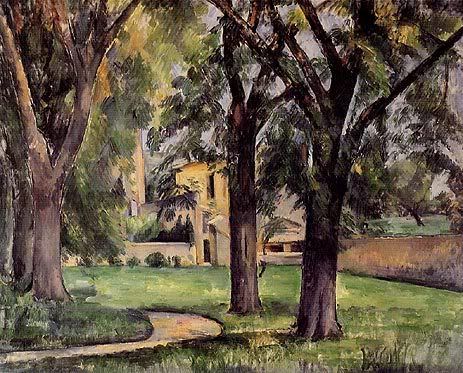

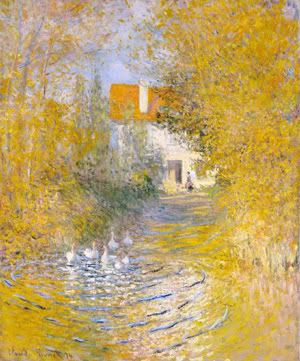
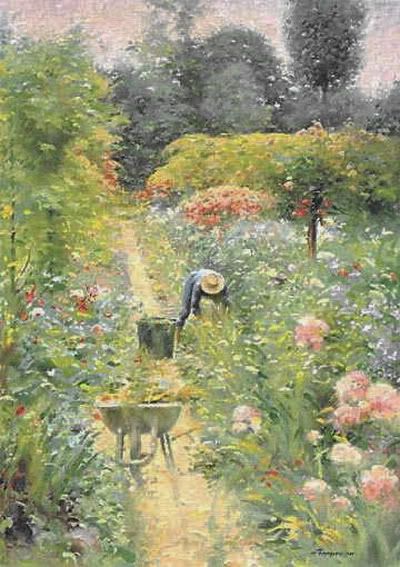


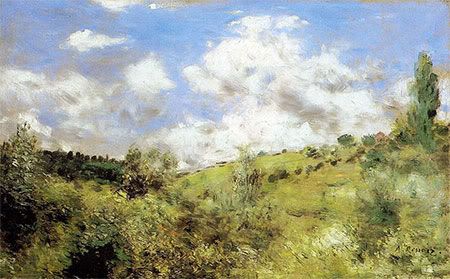

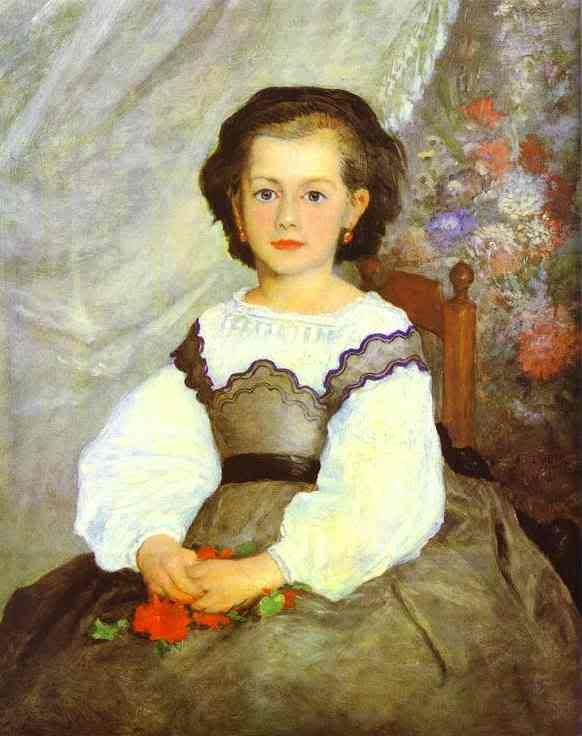
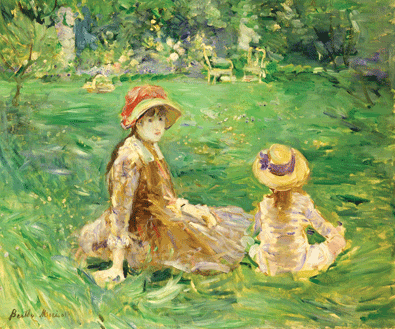
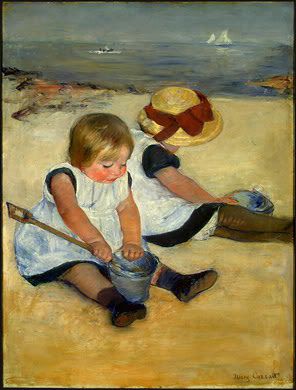
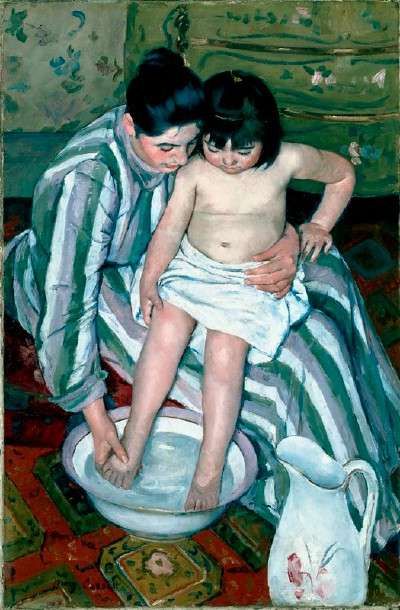

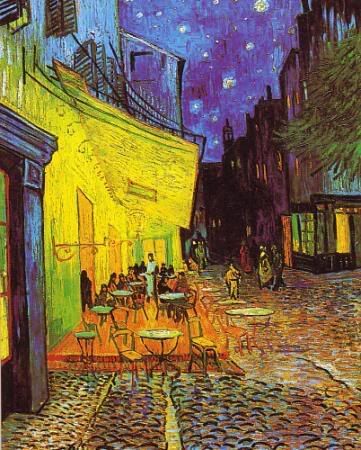
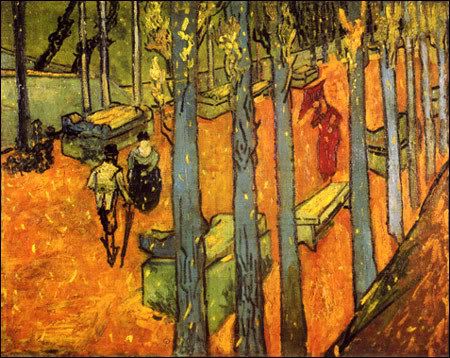

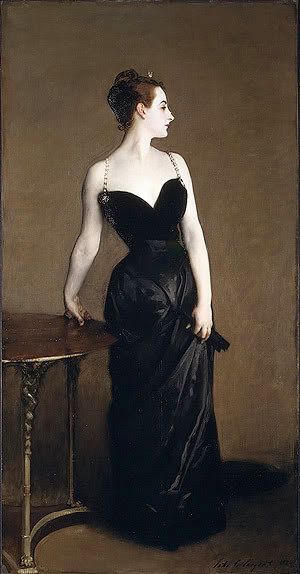
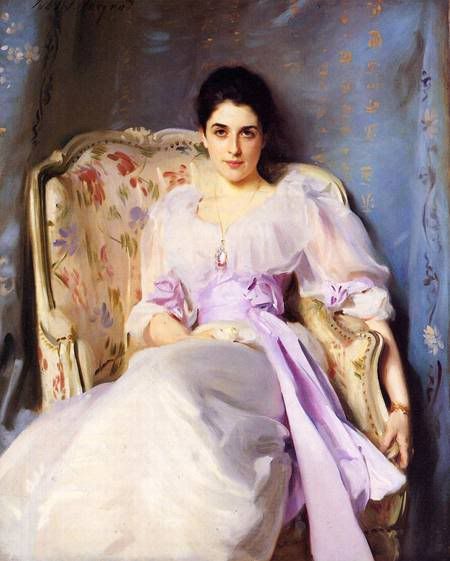
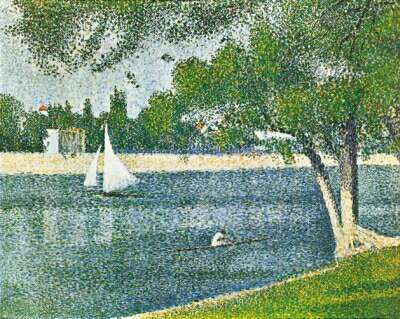
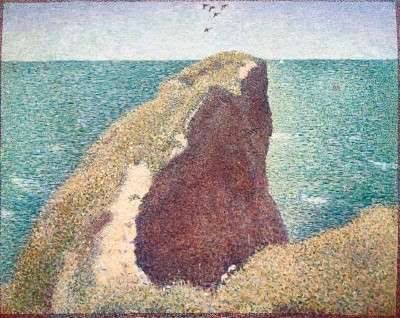


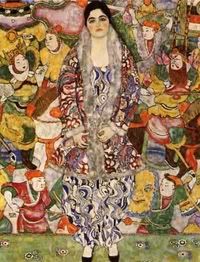

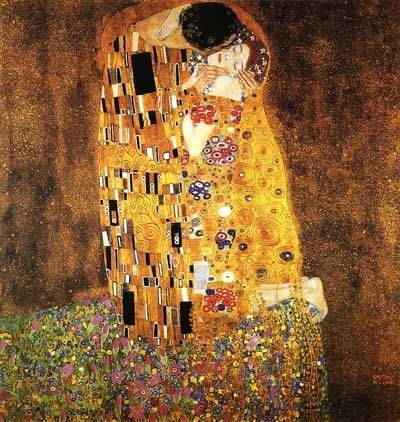




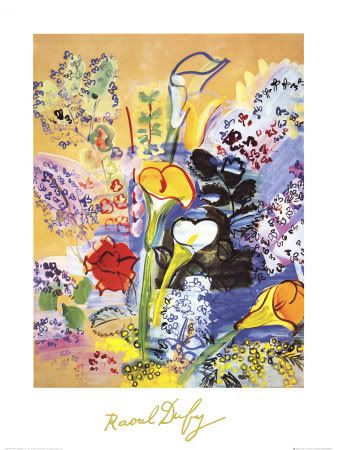
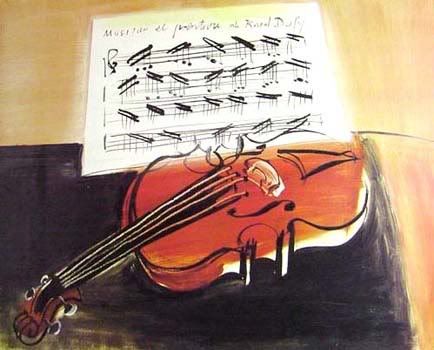
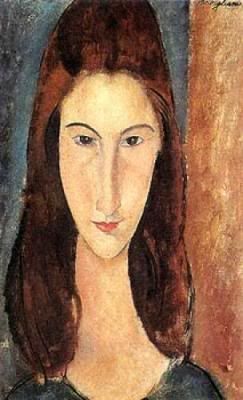
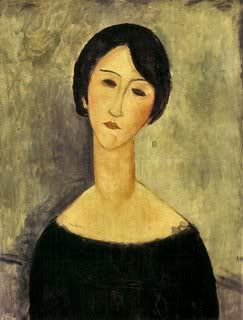



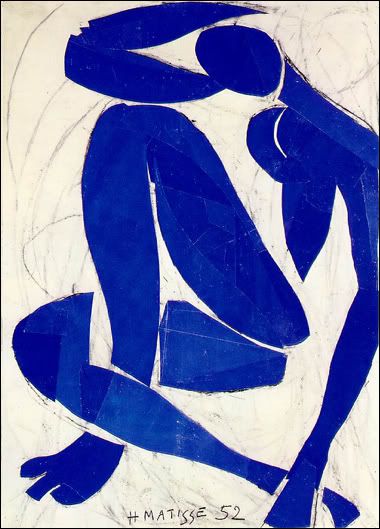
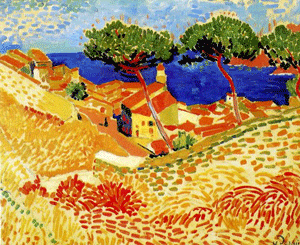
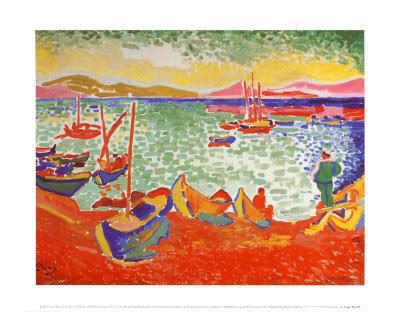


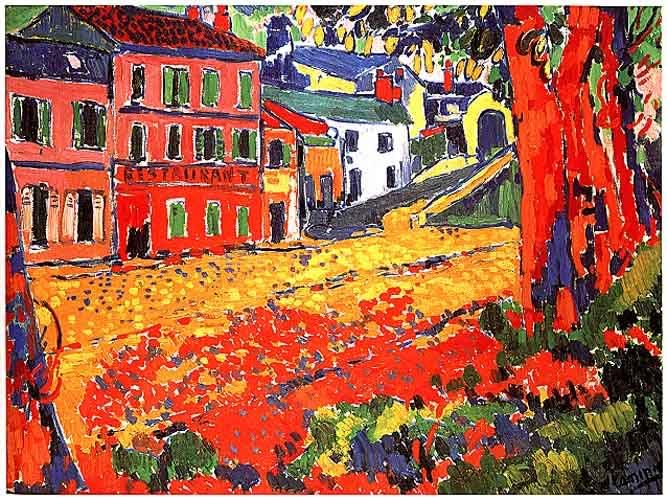

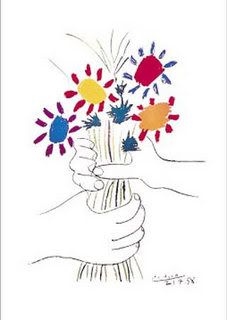
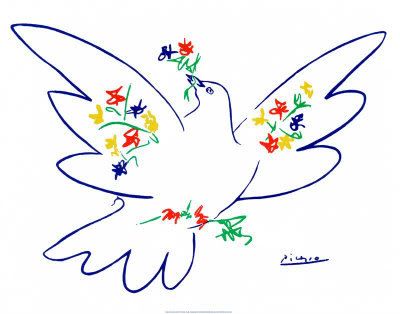
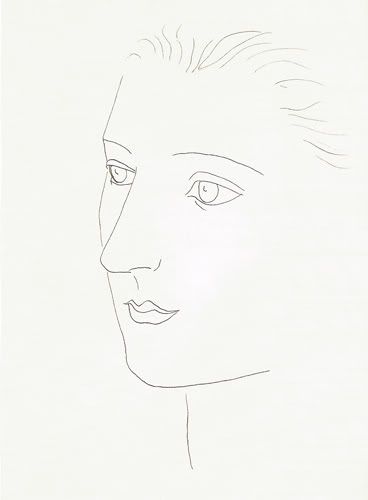
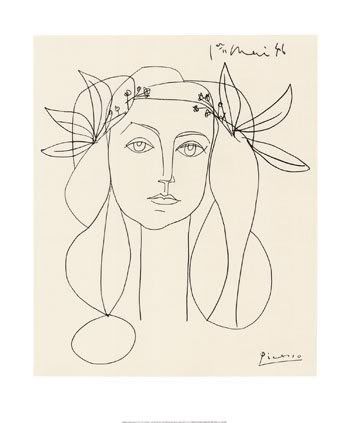
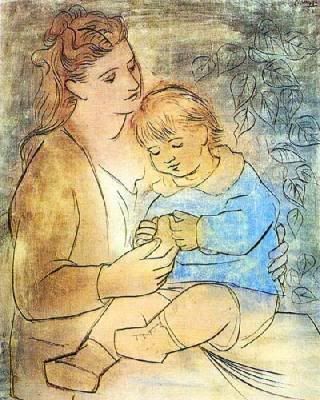

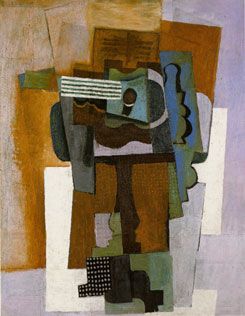
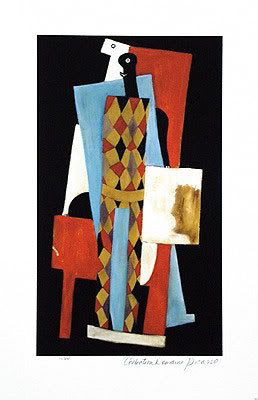



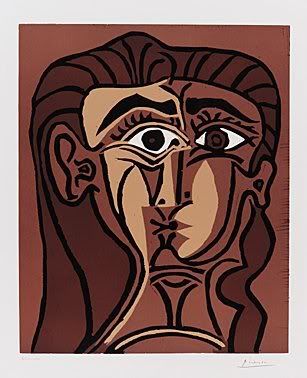
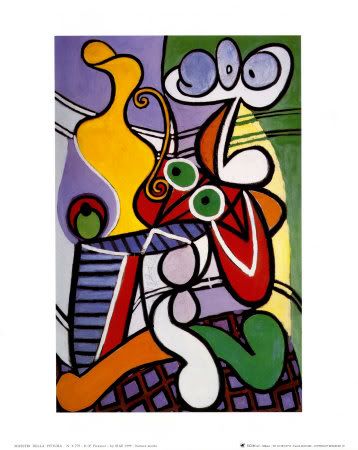
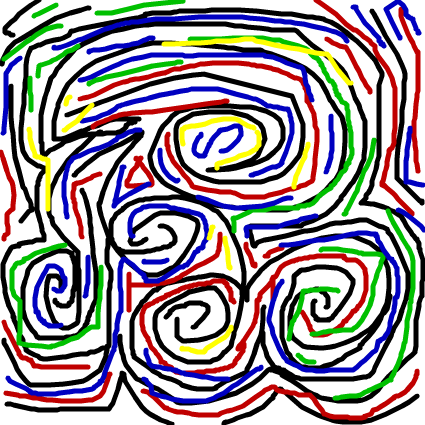

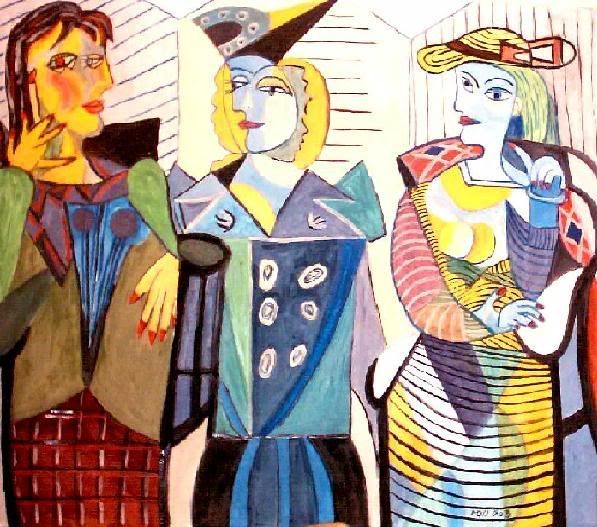

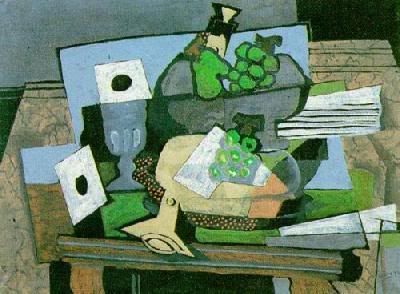

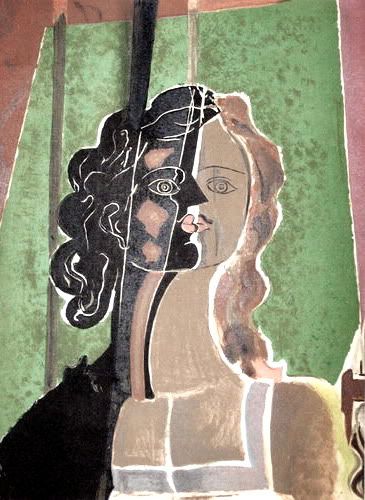
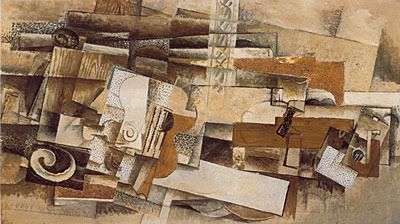


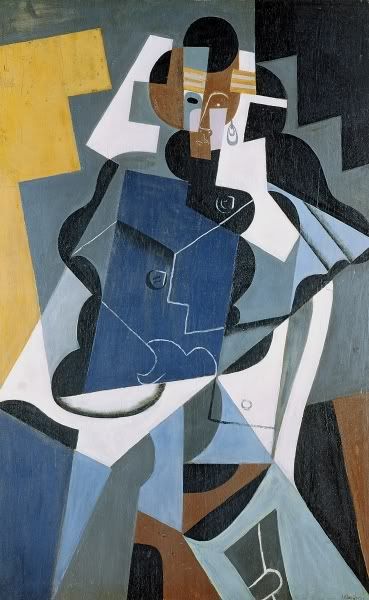
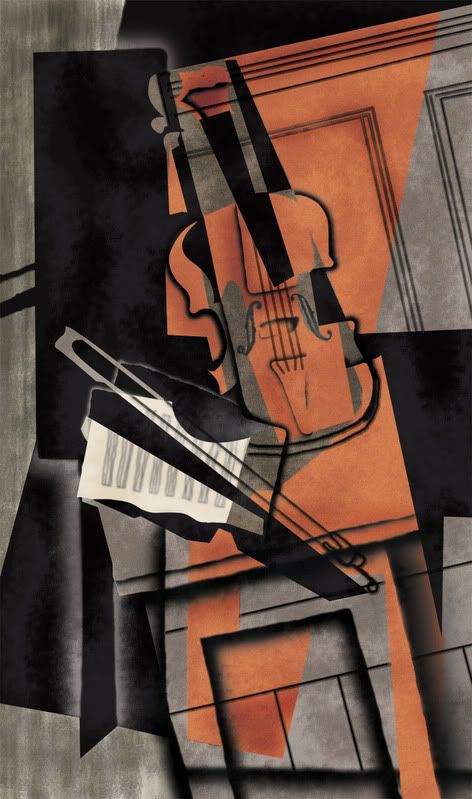

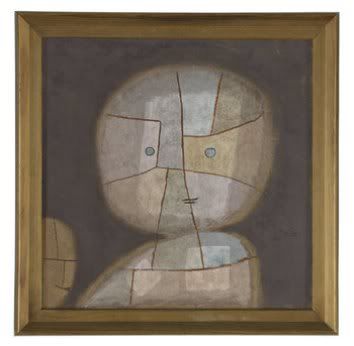

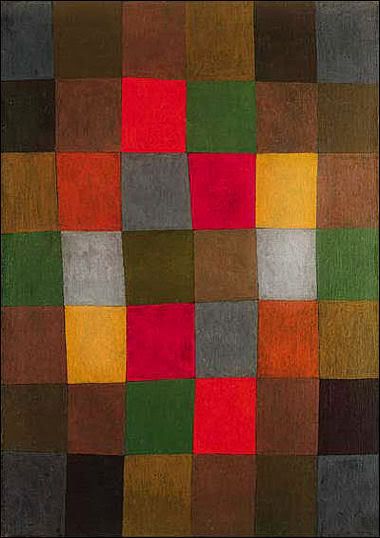
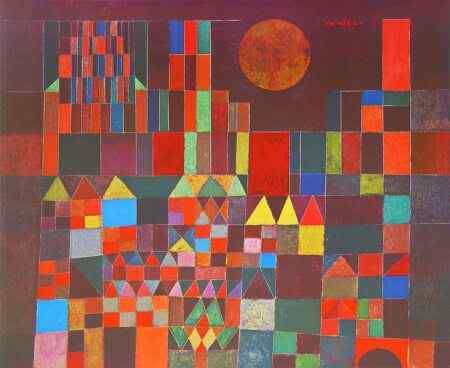
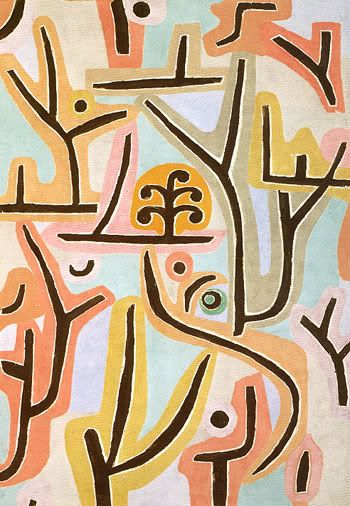

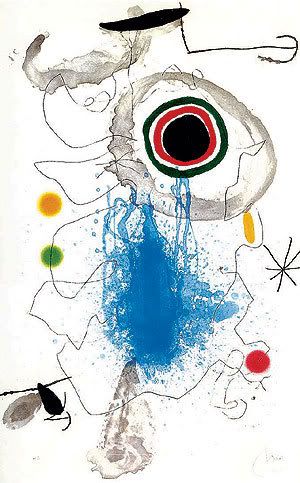
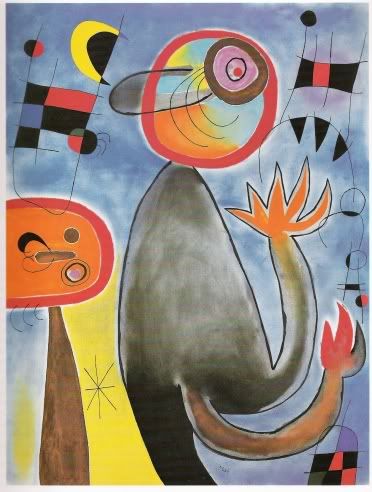
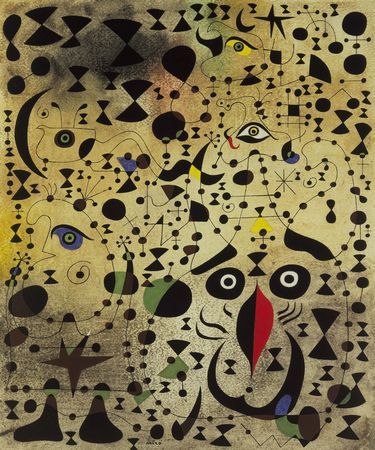
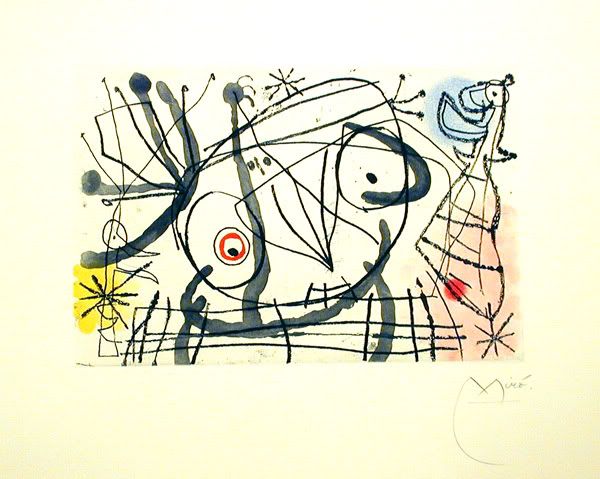





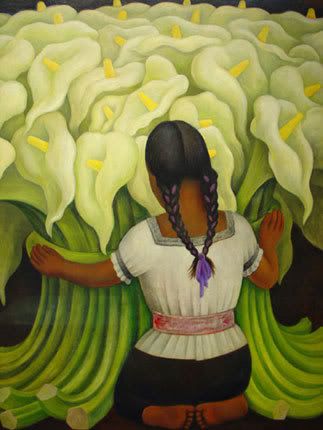
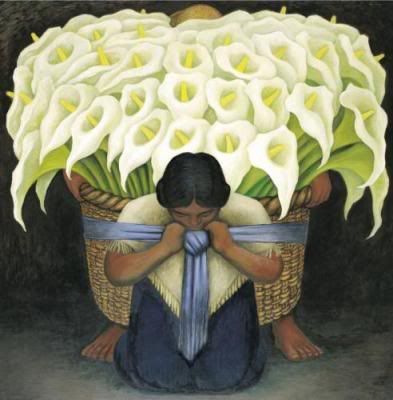

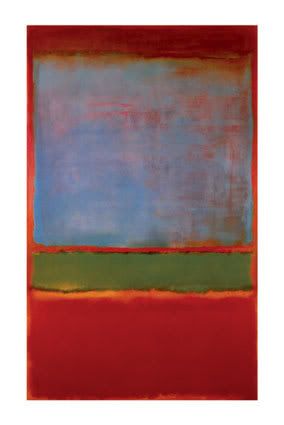
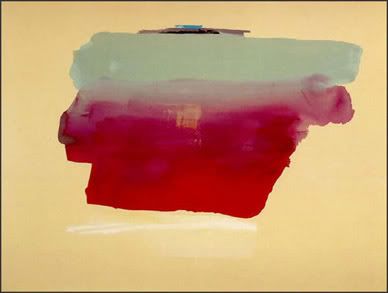
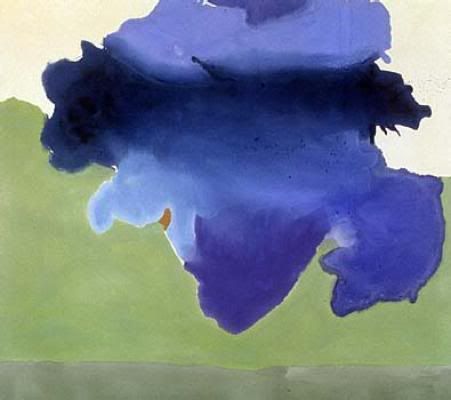
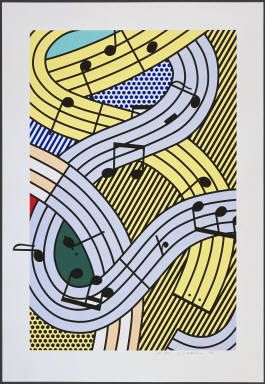


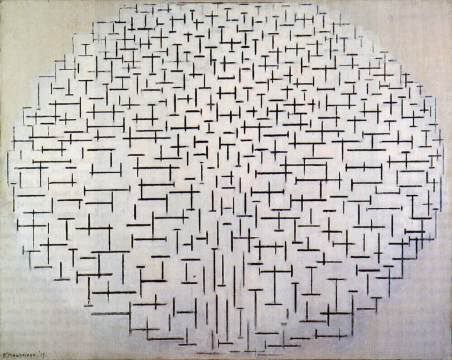







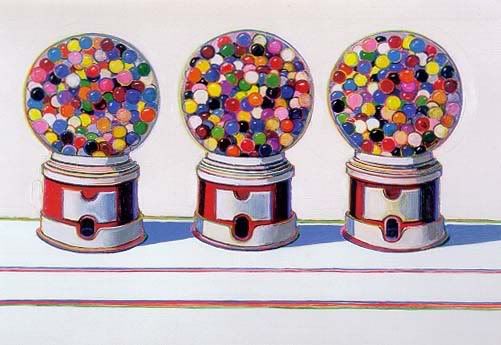



No comments:
Post a Comment